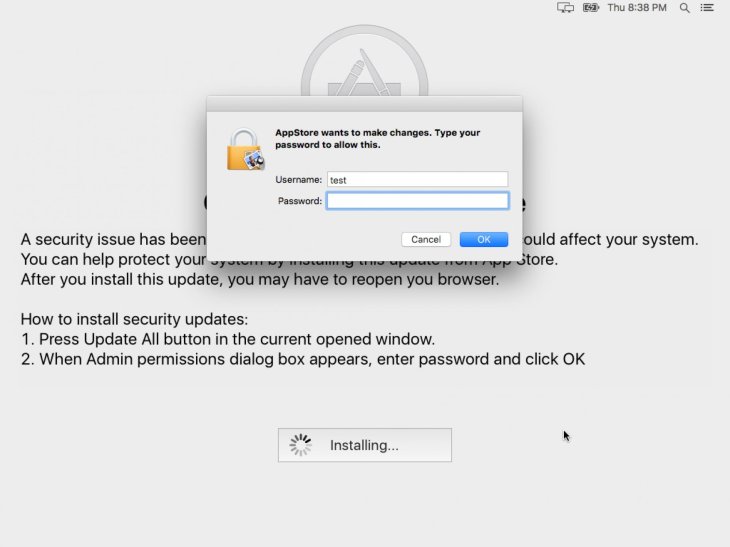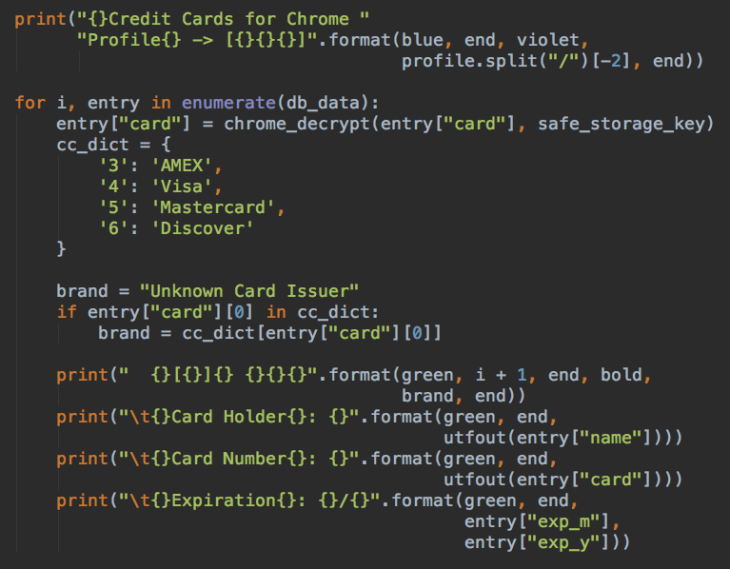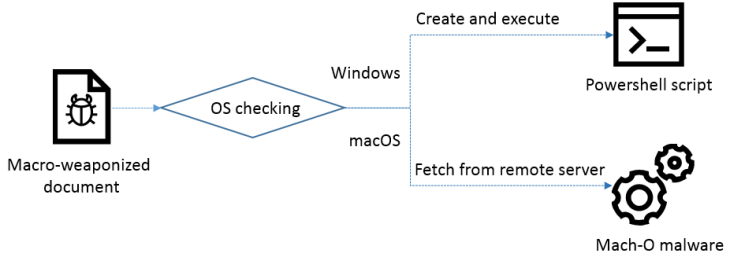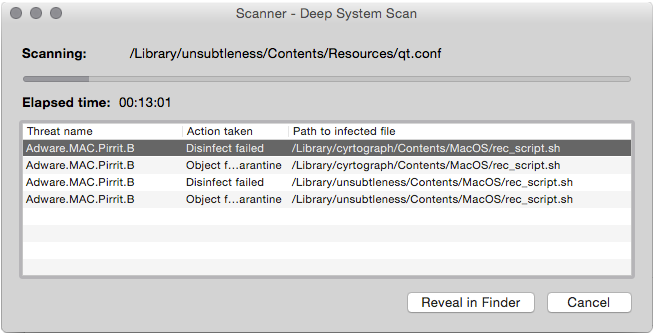Top Malware That Will Potentially Attack Your Mac Devices In 2019
Anil - Jul 03, 2019

Mac devices will have to come under attack relentlessly this year.
- Your Mac's Mouse Disappears, How To Get It Back
- UK Startup Develops The First Antimicrobial Smartphone In The World
- After 6 Months Of Waiting, Big Sur Is Finally Here, Available Starting November 12
OSX.Dok

OSX.Dok was first discovered in 2017, and macOS users had to see it back a few months ago - with a new variant. According to Sentinel One, the recent presence of OSX.Dok is packaged with more sophisticated maneuvers relative to both other malware and its previous version. By triggering a hidden version of Tor, OSX.DOK actually uses a proxy server to redirect the victim’s traffic, making it accessible to cybercriminals and malicious third parties behind this Trojan.
CookieMiner

CookieMiner is designed to attack Mac computers for crypto mining purposes. It will trick the system to stealth data related to cryptocurrency transactions as well as Google Chrome credentials.
By making use of a Monero miner tool alongside backdoor and other threatening tools, CookieMiner puts our virtual coins and wallets under the fire.
Lazarus

The North Korea-connected hacker group Lazarus represents a high risk to Mac users because of many serious attacks. A vast number of victim includes businesses and cryptocurrency exchanges were spotted not only on MacOS but also Windows computers.
As for the method, Lazarus is said to spread out a backdoor coming with untrustful Microsoft Word documents in tow.
Pirrit

Pirrit is a combination form of browser hijacking malware and adware, which aims to display as much as possible the number of ads leading to scamming third-party sites. Security researchers have found it in early 2018 for the first time, but now it's likely to come with an epidemic. It was spotted as a new strain of Mac machines as most of the antivirus services somehow were not able to detect and wipe out, even though a number of related samples were found on Virus Total before.
OSX.Siggen

OSX.Siggen infects hazardous codes to macOS devices then add them to botnets through a backdoor through the impersonation of a WhatsApp application. Notably, those backdoors were found under the name Mac.BackDoor.Siggen.20 by DoctorWeb's researchers last month.
Featured Stories

ICT News - Dec 25, 2025
The Visibility Concentration Effect: Why Half the Web Isn’t Qualified Anymore

ICT News - Jul 05, 2025
Windows 11 is Now the Most Popular Desktop OS in the World

ICT News - Jul 02, 2025
All About Florida’s Alligator Alcatraz: A Smart Move for Immigration Control

ICT News - Jun 25, 2025
AI Intimidation Tactics: CEOs Turn Flawed Technology Into Employee Fear Machine

ICT News - Jun 24, 2025
Tesla Robotaxi Finally Hits the Streets: $4.20 Rides That'll Make You Hold Your...

ICT News - Jun 24, 2025
World's First Flying Humanoid Robot Takes Flight

ICT News - Jun 24, 2025
When Closed Source Met Open Source: Bill Gates Finally Meets Linus Torvalds After...

Gadgets - Jun 23, 2025
COLORFUL SMART 900 AI Mini PC: Compact Power for Content Creation

ICT News - Jun 22, 2025
Neuralink Telepathy Chip Enables Quadriplegic Rob Greiner to Control Games with...

ICT News - Jun 20, 2025
Comments
Sort by Newest | Popular